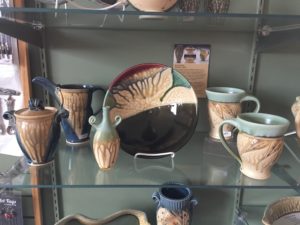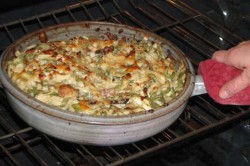CLAY POT COOKING There are essentially 3 types of clay bodies used for cooking in clay; Stoneware (most Common), earthenware, and flameware. STONEWARE: Stoneware is typically a variety of clays and
How To Cook With Ceramic Flameware Stovetop Cookware
Cooking in clay pots results in better tasting food. But traditionally, stoneware pots could only be used in the oven. When Paula Wolfert started working on her book “Mediterranean Clay


